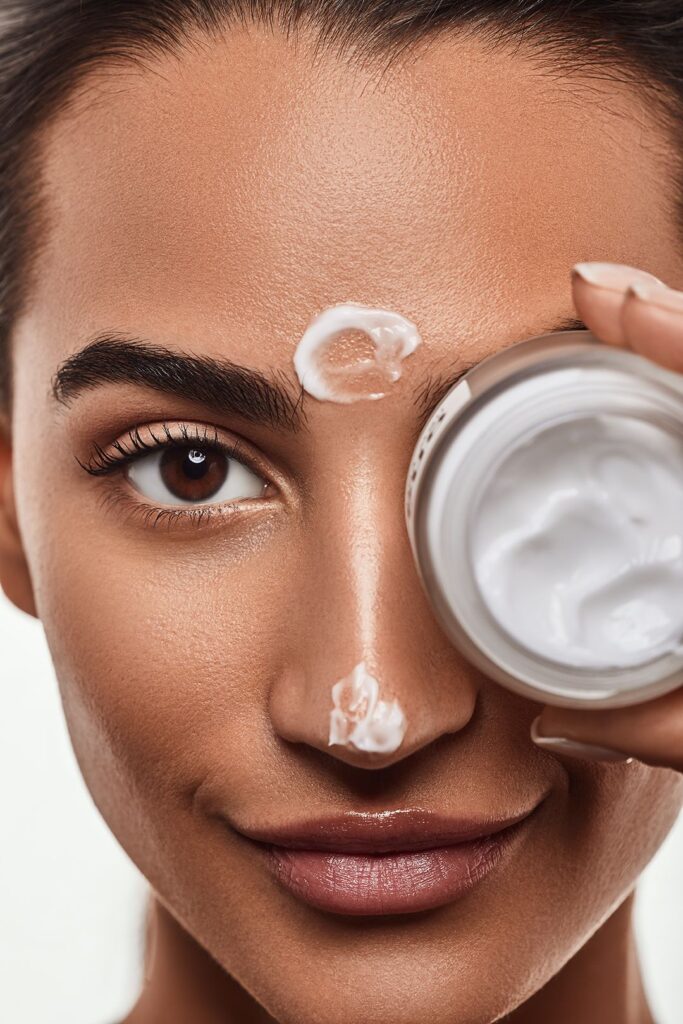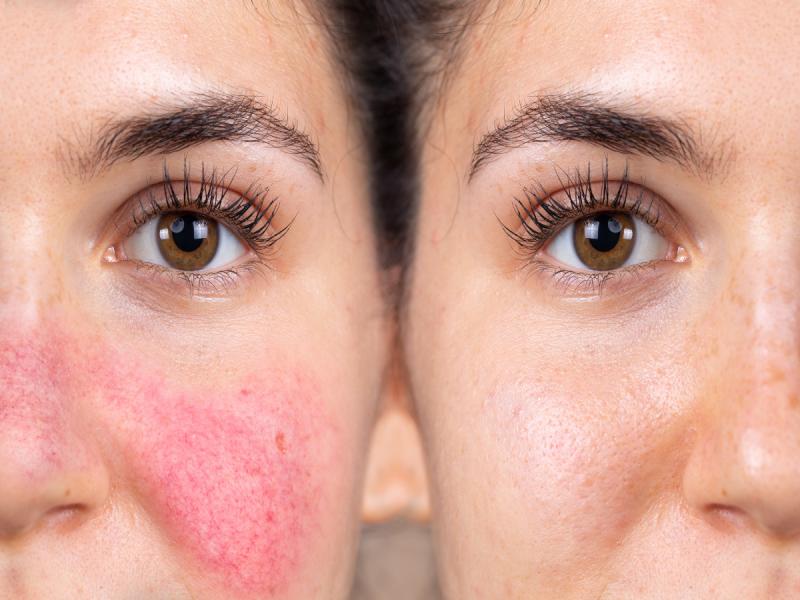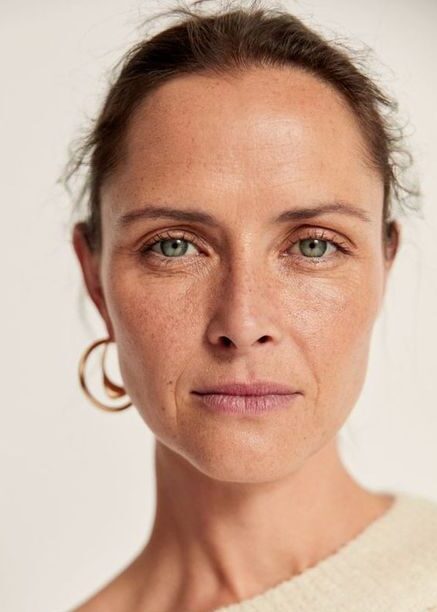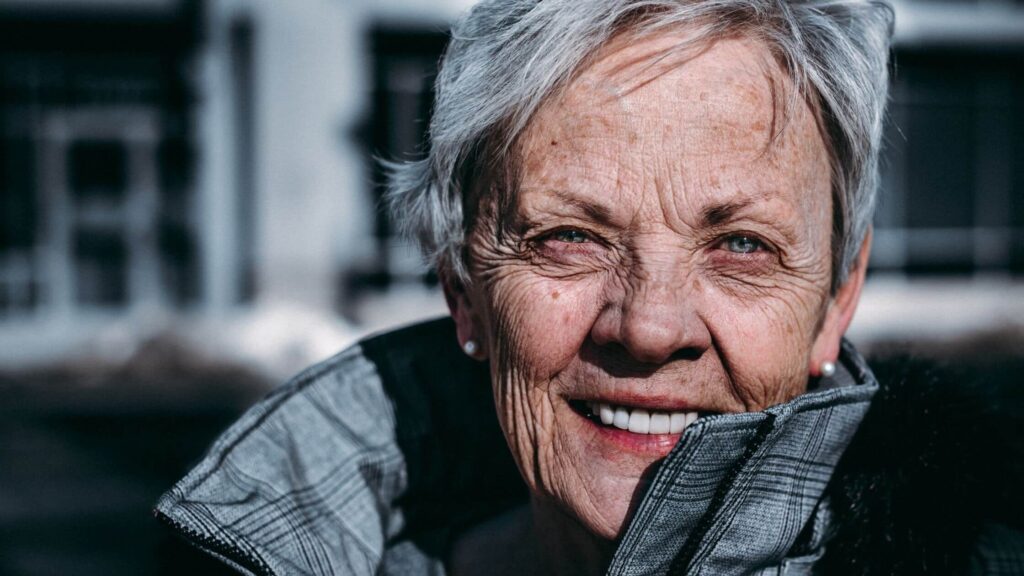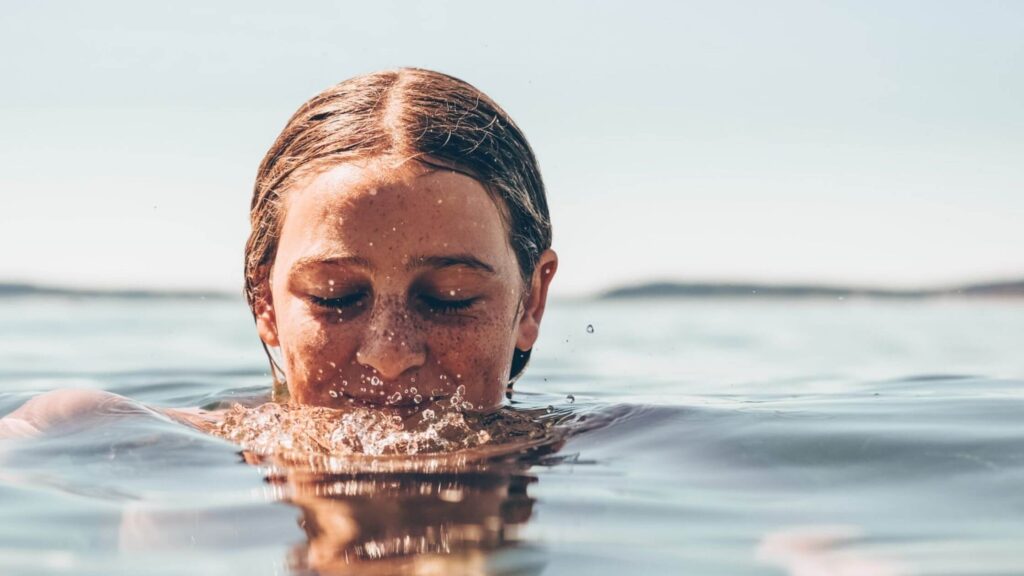
ECOCERT - certification of the highest quality products, the active ingredients of our Yvette Laboratory cosmetics have it. What is ECOCERT certification? It is among the most well-known certifications in the field of standardization of natural cosmetics and...

